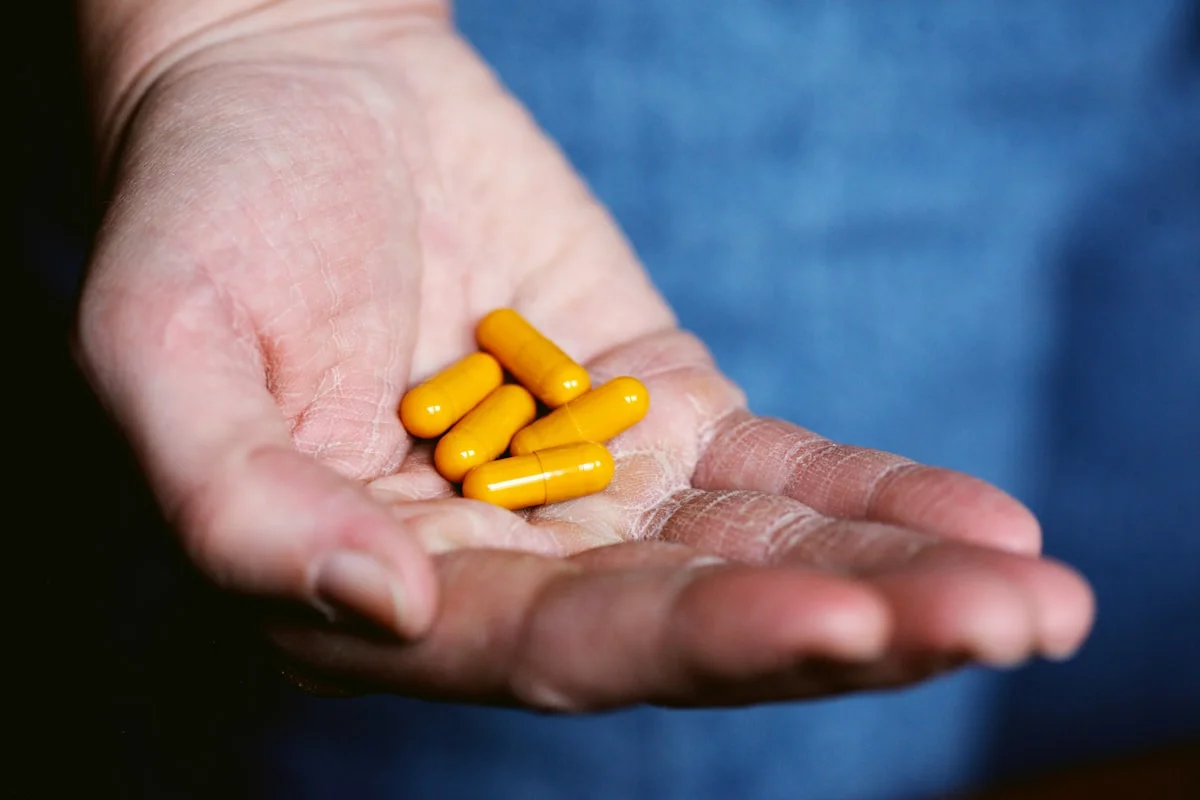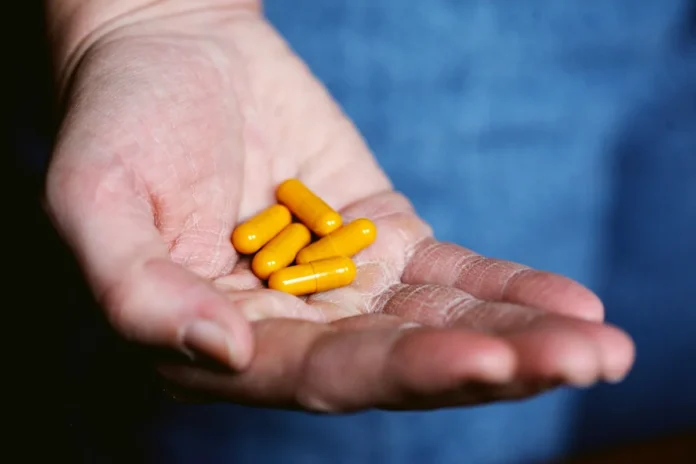Introduction
When it comes to managing bipolar disorder, medication is often a cornerstone of treatment. However, patients and healthcare providers frequently face a choice between brand-name and generic medications. Both types of drugs aim to stabilize mood swings, but questions about their effectiveness, safety, and cost differences persist. Understanding the nuances between generic and brand bipolar medications can help individuals make informed decisions about their treatment plans.

What Are Brand-Name and Generic Medications
Brand-name medications are developed and marketed by pharmaceutical companies that hold the original patent. These drugs undergo extensive research, clinical trials, and regulatory approval before reaching the market. The high costs associated with development and marketing often make brand-name medications more expensive.
Generic medications, on the other hand, are produced after the patent for the brand-name drug expires. They contain the same active ingredients as their brand-name counterparts and must meet the same standards for safety, efficacy, and quality set by regulatory agencies like the FDA. The primary differences lie in inactive ingredients, appearance, and price, with generics typically being more affordable.
Effectiveness of Generic vs Brand Bipolar Medications
The effectiveness of a medication is determined by its ability to deliver the active ingredient in a way that produces the desired therapeutic effect. For bipolar disorder, this means stabilizing mood swings, reducing manic or depressive episodes, and improving overall quality of life. Both generic and brand-name medications are required to demonstrate bioequivalence, meaning they must deliver the same amount of active ingredient into the bloodstream at the same rate.
Studies have shown that generic versions of bipolar medications, such as lithium, valproate, or lamotrigine, perform similarly to their brand-name counterparts in terms of clinical outcomes. However, some patients and clinicians report differences in effectiveness or side effects when switching between brands and generics. These perceptions may stem from variations in inactive ingredients, which can affect how the drug is absorbed or tolerated.
Patient Experiences and Perceptions
Patient experiences with generic vs brand bipolar medications can vary widely. Some individuals report no noticeable difference when switching to a generic, while others claim that generics are less effective or cause more side effects. These anecdotal reports are important but do not always align with clinical data. Psychological factors, such as the placebo effect or nocebo effect, can also influence perceptions of medication effectiveness.
For example, a patient who believes generics are inferior may unconsciously attribute minor side effects or mood fluctuations to the switch, even if the generic is pharmacologically equivalent. Conversely, some patients may prefer generics due to their lower cost and accessibility, perceiving them as equally effective.
Safety and Regulatory Standards
Both generic and brand-name bipolar medications must meet stringent regulatory standards to ensure safety and efficacy. The FDA requires generic drugs to demonstrate bioequivalence to the brand-name version, meaning they must have the same active ingredient, strength, dosage form, and route of administration. The manufacturing facilities for generics are also subject to the same inspections and quality control measures as those for brand-name drugs.
Despite these regulations, concerns about the consistency of generic medications persist. Some healthcare providers worry that small variations in inactive ingredients or manufacturing processes could affect how the drug performs in certain patients. However, large-scale studies have generally supported the safety and effectiveness of generics for bipolar disorder when they are properly manufactured and prescribed.
Potential Risks of Switching
Switching between brand-name and generic medications—or between different generic manufacturers—can sometimes lead to unexpected changes in symptom control or side effects. This is particularly relevant for bipolar disorder, where even minor fluctuations in medication levels can trigger mood episodes. Patients who are stable on a specific formulation may prefer to stay with it to avoid potential disruptions in their treatment.
In some cases, pharmacists may substitute a generic without consulting the prescribing physician, which can lead to confusion or unintended consequences. For this reason, open communication between patients, doctors, and pharmacists is essential when considering a switch between brand and generic medications.
Cost Considerations
One of the most significant advantages of generic medications is their cost. Generics are typically much cheaper than brand-name drugs, making them a more accessible option for many patients. This affordability can improve adherence to treatment, as financial barriers are a common reason why individuals skip doses or discontinue medication altogether.
However, the lower cost of generics does not necessarily mean lower quality. The savings come from the absence of research and development costs, as well as competition among multiple manufacturers once a drug’s patent expires. For patients with limited insurance coverage or high copays, generics can be a lifeline that ensures consistent access to necessary treatment.
Conclusion
The debate between generic and brand bipolar medications ultimately comes down to individual needs and preferences. While generics are rigorously tested to ensure they match the effectiveness and safety of brand-name drugs, some patients may respond better to one formulation over another. Factors such as cost, accessibility, and personal experience all play a role in determining the best choice for managing bipolar disorder.
Patients are encouraged to discuss their options with their healthcare providers to make an informed decision. Whether opting for a brand-name or generic medication, the goal remains the same: achieving stability and improving quality of life through effective treatment.



